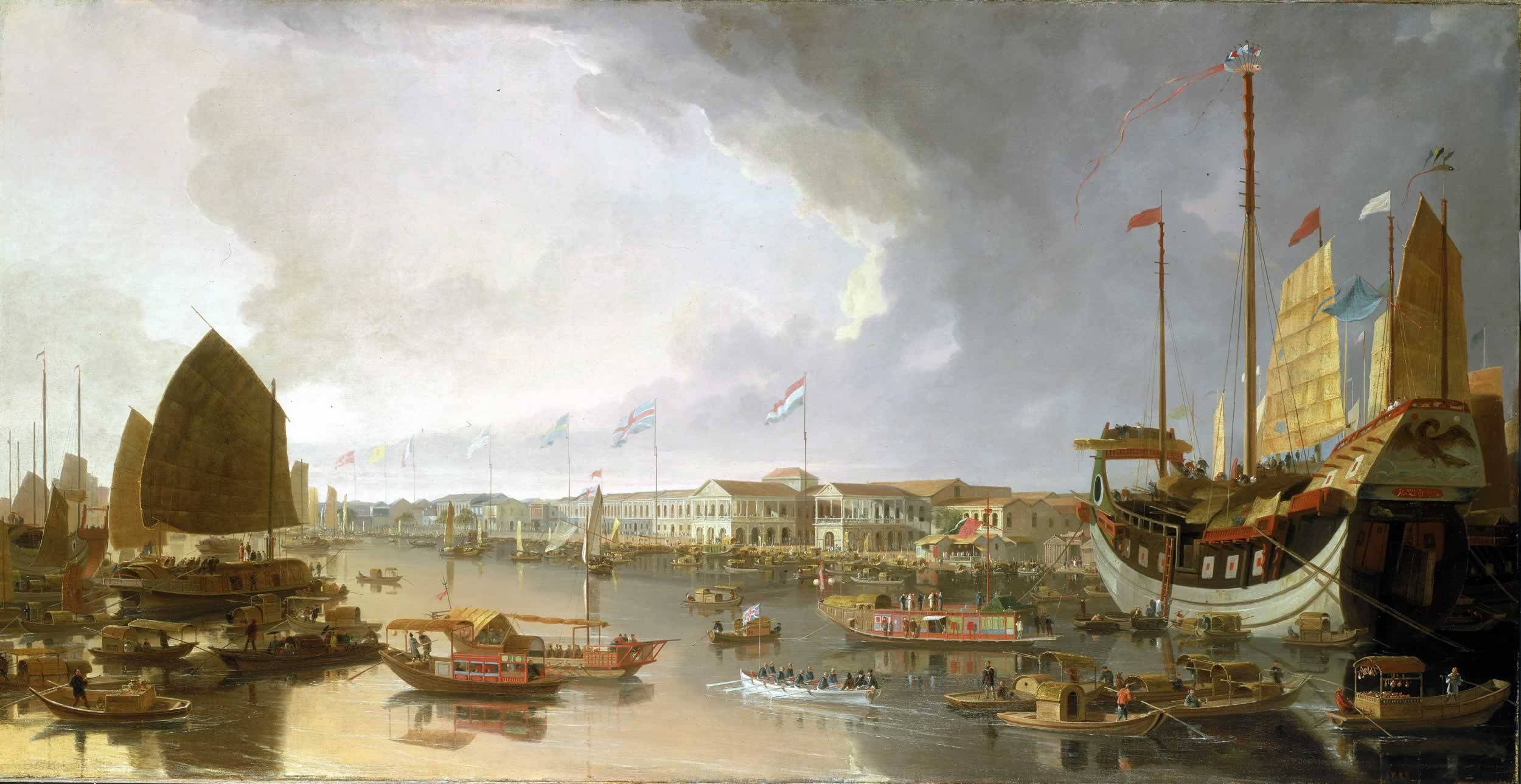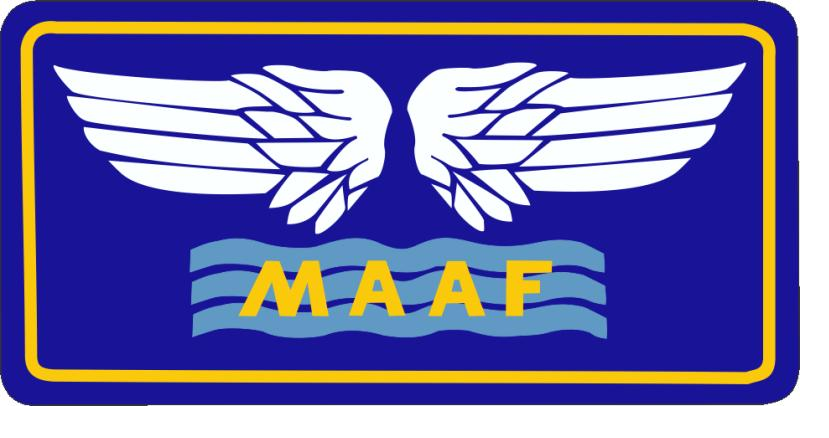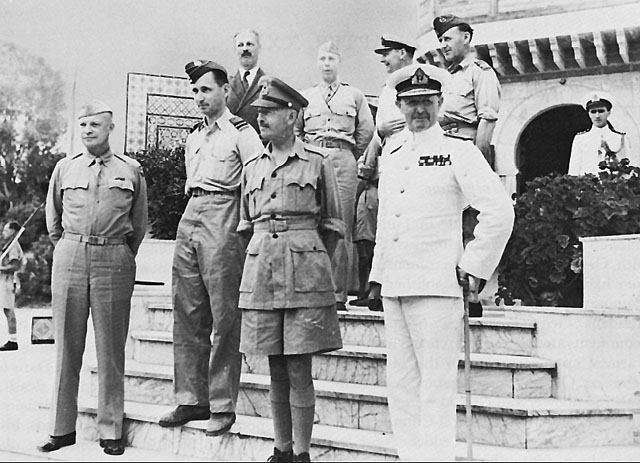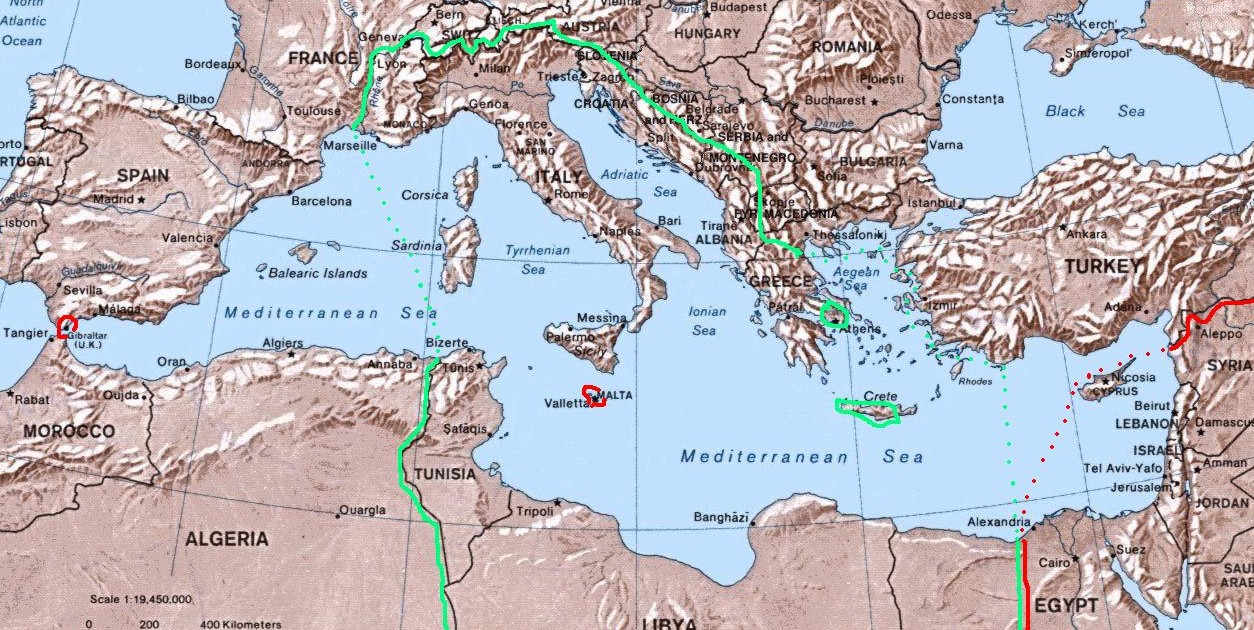|
HMS Dido
Seven ships of the British Royal Navy have been named HMS ''Dido'', after Dido, the legendary founder and queen of Carthage. * was a 28-gun sixth-rate launched in 1784 and sold in 1817. * was an 18-gun corvette launched in 1836, used as a coal hulk after 1860, and sold in 1903. Designed by Symonds and built at Pembroke. Took part in Syrian war of 1840 and Chinese war of 1842. In Pacific 1855. Became a coal-hulk at Sheerness and was sold in 1903. *HMS ''Dido'' was to have been a wooden screw-propelled corvette. Laid down on 14 January 1861, construction was cancelled on 12 December 1863. * was a wooden screw corvette launched in 1869, hulked in 1886, renamed HMS ''Actaeon'' in 1906 and sold in 1922. * was an second class cruiser launched in 1896, used as a depot ship after 1913 and sold in 1926. * was a light cruiser, launched on 18 July 1939 and broken up in 1958. * was a launched in 1961. She was sold to the Royal New Zealand Navy in 1983 and was renamed HMNZS ''Southland'' ... [...More Info...] [...Related Items...] OR: [Wikipedia] [Google] [Baidu] |
Royal Navy
The Royal Navy (RN) is the naval warfare force of the United Kingdom. It is a component of His Majesty's Naval Service, and its officers hold their commissions from the King of the United Kingdom, King. Although warships were used by Kingdom of England, English and Kingdom of Scotland, Scottish kings from the early Middle Ages, medieval period, the first major maritime engagements were fought in the Hundred Years' War against Kingdom of France, France. The modern Royal Navy traces its origins to the English Navy of the early 16th century; the oldest of the British Armed Forces, UK's armed services, it is consequently known as the Senior Service. From the early 18th century until the World War II, Second World War, it was the world's most powerful navy. The Royal Navy played a key part in establishing and defending the British Empire, and four Imperial fortress colonies and a string of imperial bases and coaling stations secured the Royal Navy's ability to assert naval superior ... [...More Info...] [...Related Items...] OR: [Wikipedia] [Google] [Baidu] |
First Opium War
The First Opium War ( zh, t=第一次鴉片戰爭, p=Dìyīcì yāpiàn zhànzhēng), also known as the Anglo-Chinese War, was a series of military engagements fought between the British Empire and the Chinese Qing dynasty between 1839 and 1842. The immediate issue was the Chinese enforcement of their ban on the opium trade by seizing private opium stocks from mainly British merchants at Guangzhou (then named ''Canton'') and threatening to impose the death penalty for future offenders. Despite the opium ban, the British government supported the merchants' demand for compensation for seized goods, and insisted on the principles of free trade and equal diplomatic recognition with China. Opium was Britain's single most profitable commodity trade of the 19th century. After months of tensions between the two states, the Royal Navy launched an expedition in June 1840, which ultimately defeated the Chinese using technologically superior ships and weapons by August 1842. The British ... [...More Info...] [...Related Items...] OR: [Wikipedia] [Google] [Baidu] |
Arctic Naval Operations Of World War II
Arctic naval operations of World War II were the World War II naval operations that took place in the Arctic Ocean, and can be considered part of the Battle of the Atlantic and/or of the European Theatre of World War II.Rear Admiral Samuel Eliot Morison's definitive ''History of United States Naval Operations in World War II'' includes operations from the north pole southward in the first volume entitled ''The Battle of the Atlantic''. Eligibility for the United States European–African–Middle Eastern Campaign Medal was defined by Executive Order 9265 to include military service aboard a ship operating in the north polar region eastward from the 75th meridian west longitude to the 60th meridian east longitude. Pre-war navigation in the region focused on fishing and the international ore-trade from Narvik and Petsamo. Soviet settlements along the coast and rivers of the Barents Sea and Kara Sea relied upon summer coastal shipping for supplies from railheads at Arkhangelsk an ... [...More Info...] [...Related Items...] OR: [Wikipedia] [Google] [Baidu] |
Operation Dragoon
Operation Dragoon (initially Operation Anvil), known as Débarquement de Provence in French ("Provence Landing"), was the code name for the landing operation of the Allies of World War II, Allied invasion of Provence (Southern France) on 15August 1944. Although initially designed to be executed in conjunction with Operation Overlord, the June 1944 Normandy landings, Allied landing in Normandy, the lack of enough resources led to the cancellation of the second landing. By July 1944 the landing was reconsidered, as the clogged-up ports in Normandy did not have the capacity adequately to supply the Allied forces. Concurrently, the high command of the French Liberation Army pushed for a revival of the operation, which would involve large numbers of French troops. As a result, the operation was finally approved in July to be executed in August. The invasion sought to secure the vital ports on the French Mediterranean coast and increase pressure on the German forces by opening another ... [...More Info...] [...Related Items...] OR: [Wikipedia] [Google] [Baidu] |
Battle Of Anzio
The Battle of Anzio was a battle of the Italian Campaign (World War II), Italian Campaign of World War II that commenced January 22, 1944. The battle began with the Allies of World War II, Allied amphibious landing known as Operation Shingle, and ended on June 4, 1944, with the liberation of Rome. The operation was opposed by German and by Italian Italian Social Republic, ''Repubblica Sociale Italiana'' (RSI) forces in the area of Anzio and Nettuno. Allied landings on the Italian mainland began in September 1943, and after slow gains against German resistance, the progress was stopped in December 1943 at the German defensive Gustav Line, south of Rome. The operation was initially commanded by Major General John P. Lucas, of the U.S. Army, commanding VI Corps (United States), U.S. VI Corps with the intent to outflank German forces at the Winter Line and enable an attack on Rome. The success of an amphibious landing at that location, in a basin consisting substantially of reclaim ... [...More Info...] [...Related Items...] OR: [Wikipedia] [Google] [Baidu] |
Dodecanese Campaign
The Dodecanese campaign was the capture and occupation of the Dodecanese islands by German forces during World War II. Following the signing of the Armistice of Cassibile on 3 September 1943, Italy switched sides and joined the Allies. As a result, the Germans made plans to seize control of the Dodecanese, which were under Italian control. The Allies planned to use the islands as bases to strike against German targets in the Balkans, which the Germans aimed to forestall. Beginning in early September 1943, invading German troops defeated both the Italian garrison in the Dodecanese and British forces sent to support them, aided by the fact that Allied units were operating without sufficient air cover. Most of the Dodecanese islands fell to German forces within two months, resulting in one of Germany's last major victories during the conflict.Cunningham Pg 582 The Germans continued to occupy the Dodecanese islands they had captured until the end of the war in 1945, when they su ... [...More Info...] [...Related Items...] OR: [Wikipedia] [Google] [Baidu] |
Operation Avalanche
Operation Avalanche was the codename for the Allied landings near the port of Salerno, executed on 9 September 1943, part of the Allied invasion of Italy during World War II. The Italians withdrew from the war the day before the invasion, but the Allies landed in an area defended by German troops. Planned under the name ''Top Hat'', it was supported by the deception plan Operation ''Boardman''. The landings were carried out by the U.S. Fifth Army, under Lieutenant General Mark W. Clark. It comprised the U.S. VI Corps, the British X Corps, and the U.S. 82nd Airborne Division, a total of about nine divisions. Its primary objectives were to seize the port of Naples to ensure resupply, and to cut across to the east coast, trapping the Axis troops further south. In order to draw troops away from the landing ground, Operation Baytown was mounted. This was a landing by the British Eighth Army, under General Sir Bernard Montgomery, in Calabria in the 'toe' of Italy, on 3 Septemb ... [...More Info...] [...Related Items...] OR: [Wikipedia] [Google] [Baidu] |
Allied Invasion Of Sicily
The Allied invasion of Sicily, also known as the Battle of Sicily and Operation Husky, was a major campaign of World War II in which the Allies of World War II, Allied forces invaded the island of Sicily in July 1943 and took it from the Axis powers, Axis forces (Kingdom of Italy and Nazi Germany). It began with a large Amphibious warfare, amphibious and airborne forces, airborne Military operation, operation, followed by a six-week land campaign, and initiated the Italian campaign (World War II), Italian campaign. To divert some of the Axis forces to other areas, the Allies engaged in several deception operations, the most famous and successful of which was Operation Mincemeat. Husky began on the night of 9–10 July 1943 and ended on 17 August. Strategically, Husky achieved the goals set out for it by Allied planners: the Allies drove Axis air, land and naval forces from the island, and the Mediterranean Sea, Mediterranean sea lanes were opened for Allied merchant ships for th ... [...More Info...] [...Related Items...] OR: [Wikipedia] [Google] [Baidu] |
Battle Of The Mediterranean
The Battle of the Mediterranean was the name given to the naval campaign fought in the Mediterranean Sea during World War II, from 10 June 1940 to 2 May 1945. For the most part, the campaign was fought between the Kingdom of Italy, Italian Regia Marina, Royal Navy (''Regia Marina''), supported by other Axis Powers, Axis naval and air forces, those of Nazi Germany and Vichy France, and the United Kingdom, British Royal Navy, supported by other Allies of World War II, Allied naval forces, such as those of Australia, the Netherlands, Poland, and Kingdom of Greece, Greece. American naval and air units joined the Allied side on 8 November 1942. The Vichy French Scuttling of the French fleet at Toulon, scuttled the bulk of their fleet on 27 November 1942, to prevent the Germans seizing it. As part of the Armistice of Cassibile in September 1943, most of the Italian Navy became the Italian Co-belligerent Navy, and fought alongside the Allies. Each side had three overall objectives in ... [...More Info...] [...Related Items...] OR: [Wikipedia] [Google] [Baidu] |
Second Battle Of Sirte
The Second Battle of Sirte (on 22 March 1942) was a naval engagement in the Mediterranean Sea, north of the Gulf of Sidra and south-east of Malta, during the Second World War. The escorting warships of a British convoy to Malta held off a much more powerful squadron of the (Italian Navy). The British convoy was composed of four merchant ships, escorted by four light cruisers, one anti-aircraft cruiser and 17 destroyers. The Italian force comprised a battleship, two heavy cruisers, one light cruiser and ten destroyers. Despite the British success at warding off the Italian squadron, the Italian fleet attack delayed the convoy's planned arrival before dawn, which exposed it to intense air attacks that sank all four merchant ships and one of the escorting destroyers in the following days. Background Malta Up to the end of 1941, with of cargo had reached Malta without loss and a reserve of seven months' supplies had been accumulated. Three convoys to Malta in 1941 suffered th ... [...More Info...] [...Related Items...] OR: [Wikipedia] [Google] [Baidu] |
Battle Of Crete
The Battle of Crete (, ), codenamed Operation Mercury (), was a major Axis Powers, Axis Airborne forces, airborne and amphibious assault, amphibious operation during World War II to capture the island of Crete. It began on the morning of 20 May 1941, with multiple Nazi Germany, German airborne landings on Crete. Hellenic Army, Greek and other Allies of World War II, Allied forces, along with Cretan civilians, defended the island. After only one day of fighting, the Germans had suffered heavy casualties and the Allied troops were confident that they would defeat the invasion. The next day, through communication failures, Allied tactical hesitation, and German offensive operations, Maleme Airfield in western Crete fell, enabling the Germans to land reinforcements and overwhelm the defensive positions on the north of the island. Allied forces withdrew to the south coast. More than half were evacuated by the British Royal Navy and the remainder surrendered or joined the Cretan resista ... [...More Info...] [...Related Items...] OR: [Wikipedia] [Google] [Baidu] |







